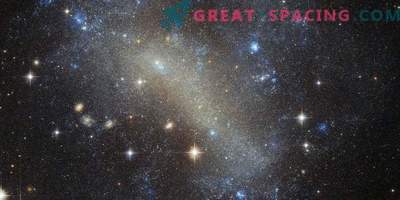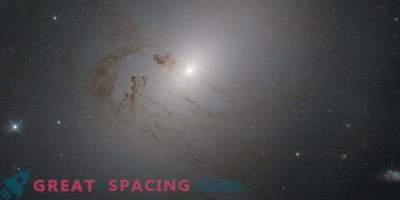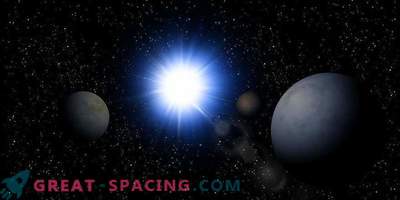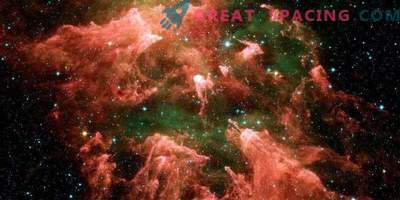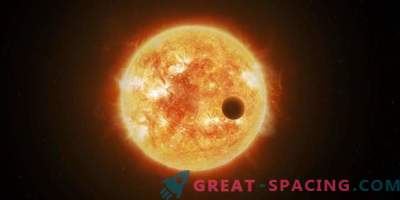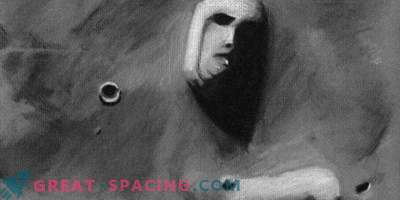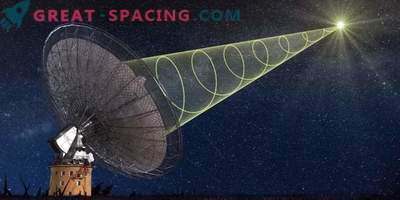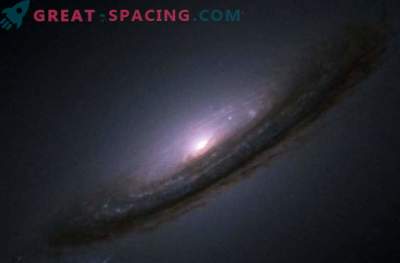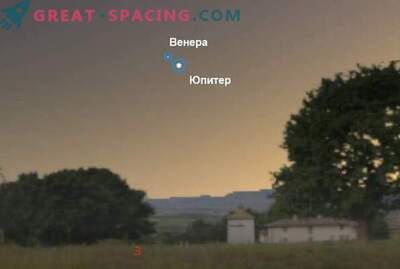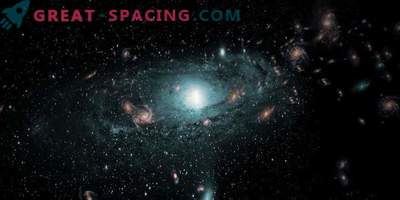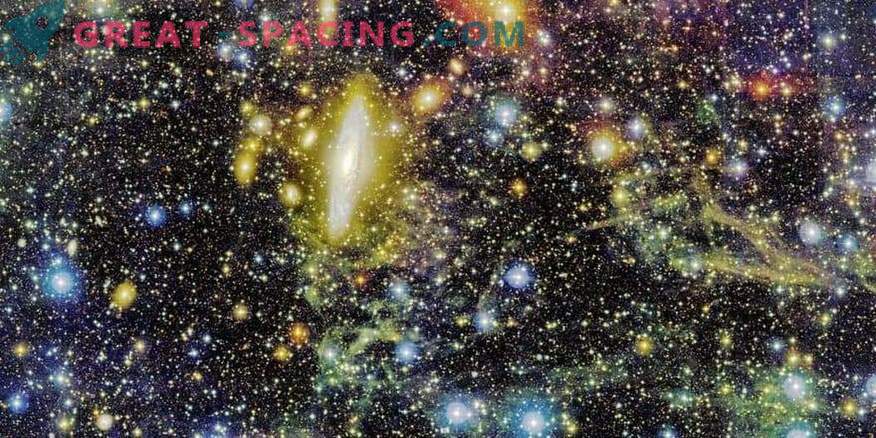
The global field of view of the CFHT-MegaCam species in optical wavelengths (strong color saturation and contrast reflect the nature of the various components)
A new multi-band optical image of the Canada-France-Hawaii telescope (CFHT) shows the formation of a known group of 5 colliding galaxies. The image displays previously invisible structure. Especially distinguished is the extended red halo, filled with old stars with a concentration on the elliptical galaxy NGC 7317.
The image was obtained using the MegaCam 380-megapixel camera, which focused on the neighboring galaxy NGC 7331. Galactic and extragalactic features can be considered: advanced and dim, including fragments of interstellar dust in the foreground. But the main attention is drawn to the galactic condensation farther from NGC 7331 - the famous Stephan Quintet. The name got from the discoverer Edward Stefan (1878).
Stephen's Quintet is a compact group of 5 spiral and elliptical galaxies. The Hubble Space Telescope was able to increase this area, allowing to study the collective galactic evolution. This helped to consider the contact and slow interaction processes that form gravitational stellar currents.
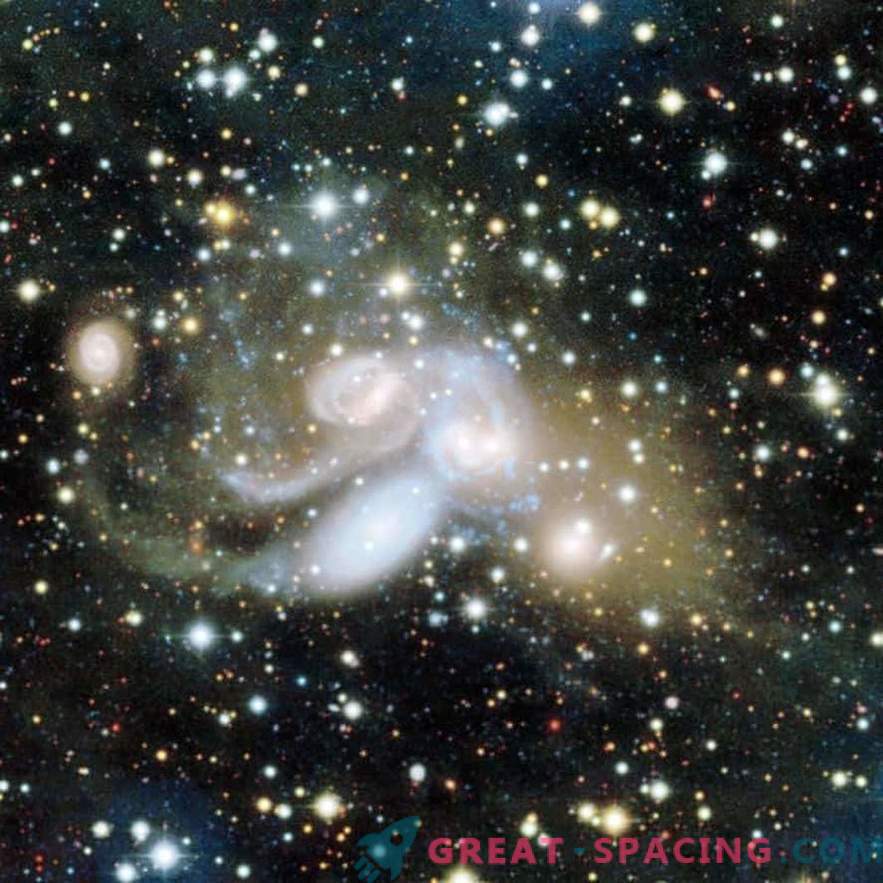
Stephen's Quintet in true colors, displayed by the CFHT telescope in 2018. NGC 7317 is at the bottom right
Stephen's Quintet was observed throughout the electromagnetic spectrum due to its unique characteristics. Scientists were able to find a red halo from ancient stars centered on NGC 7317. They believed that the galaxy was in a stable state or had recently joined the group. But the presence of red stars suggests that contact with other galaxies has been established for a long time.
Researchers have called these interactions galactic cannibalism. It is formed when gravitational forces from a larger galaxy slowly tear apart a smaller one. Among the characteristic features are streams or halos. The discovery reveals new data - Stephan's Quintet is much older than it was believed. It forces to reconsider the models of formation and evolution of a specific system. It is believed that eventually a large-scale elliptical galaxy should form.



